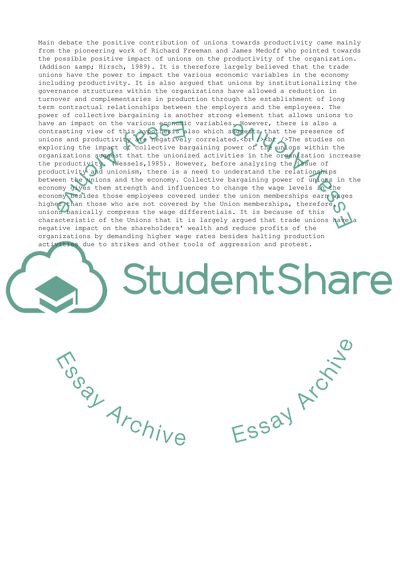Cite this document
(The Relationship between the Organizational Productivity and Unionism Literature review, n.d.)
The Relationship between the Organizational Productivity and Unionism Literature review. Retrieved from https://studentshare.org/management/1712216-industrial-relations
The Relationship between the Organizational Productivity and Unionism Literature review. Retrieved from https://studentshare.org/management/1712216-industrial-relations
(The Relationship Between the Organizational Productivity and Unionism Literature Review)
The Relationship Between the Organizational Productivity and Unionism Literature Review. https://studentshare.org/management/1712216-industrial-relations.
The Relationship Between the Organizational Productivity and Unionism Literature Review. https://studentshare.org/management/1712216-industrial-relations.
“The Relationship Between the Organizational Productivity and Unionism Literature Review”, n.d. https://studentshare.org/management/1712216-industrial-relations.


